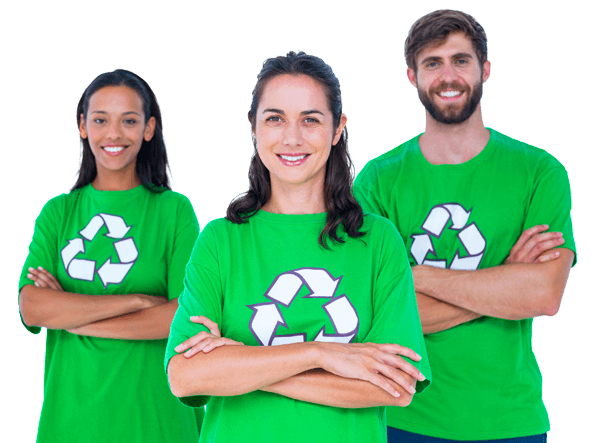The Plastic Dilemma: Identifying Materials to Avoid
Posted on 03/07/2025
The Plastic Dilemma: Identifying Materials to Avoid
Plastic pollution stands as one of the greatest environmental challenges of our time. As our reliance on plastics continues to grow, so does the urgency to understand which plastic materials are most harmful and what alternatives exist. In this comprehensive guide, we explore the plastic dilemma, identify the most problematic types of plastics to avoid, and provide lasting solutions for a sustainable future.
Understanding the Global Plastic Crisis
Plastics have transformed our daily lives, offering conveniences and advancements in medicine, technology, and packaging. However, the long-term costs are staggering: over 300 million tons of plastic waste are produced each year, much of which ends up polluting oceans, waterways, and landscapes. Many plastics persist in the environment for hundreds of years, breaking down into harmful microplastics that enter food chains and threaten ecosystems and human health.
- 8 million tons of plastic end up in oceans annually.
- Microplastics have been detected in drinking water, seafood, and even the air we breathe.
- The majority of plastic waste is non-biodegradable and accumulates in landfills or natural habitats.
Why Are Plastics a Dilemma?
Plastics are versatile, affordable, and durable, making them indispensable in areas like medicine, transportation, and food preservation. However, these very qualities make plastics difficult to manage at end-of-life. Many plastic types are not easily recyclable due to their chemical composition, contamination, or lack of infrastructure for proper collection and processing.
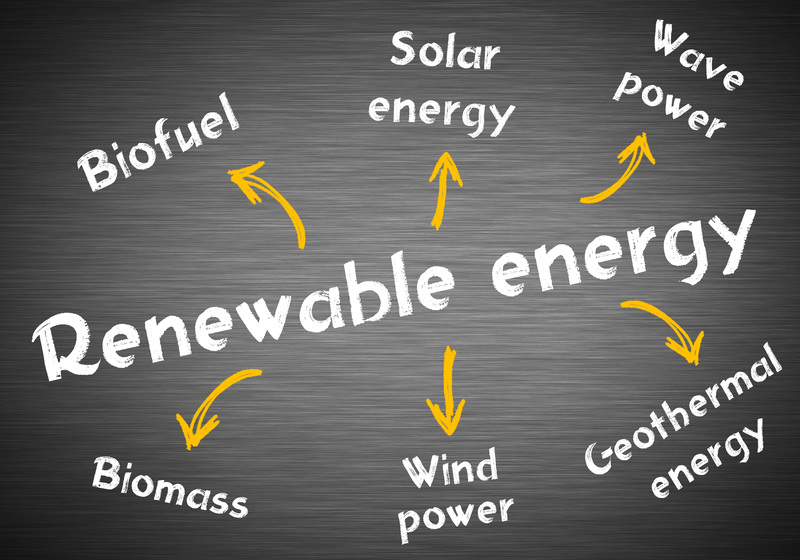
The Most Problematic Plastics: What to Avoid
The "plastic dilemma" centers around understanding which plastics pose the greatest environmental and health risks. Not all plastics are created equal--some are far worse than others. Here's a guide to identifying the most harmful plastic materials and why you should avoid them.
1. Polyvinyl Chloride (PVC)
PVC, often identified with the number 3 recycling code, is widely used for pipes, vinyl flooring, cable insulation, and packaging films. However, PVC contains and releases hazardous chemicals, such as phthalates and dioxins, that are harmful to both human health and the environment.
- Found in: Pipes, plastic toys, shower curtains, food wraps.
- Dangers: Releases toxins during manufacturing and disposal; may leach harmful chemicals into products and the environment.
- Recycling concerns: Difficult to recycle due to contamination and the presence of additives.
Best Practice: Choose alternatives like glass, metal, or certified food-safe plastic containers; avoid PVC-based products whenever possible.
2. Polystyrene (PS or Styrofoam)
Commonly used for disposable cups, plates, egg cartons, and packing peanuts, polystyrene (number 6) is notorious for its environmental persistence and health hazards.
- Found in: Takeout food containers, coffee cups, insulation materials.
- Dangers: Contains styrene, a possible human carcinogen; breaks into microplastics that easily pollute ecosystems.
- Recycling concerns: Rarely recycled and non-biodegradable.
Alternatives: Choose compostable tableware or reusable plates and cups instead of single-use polystyrene products.
3. Polyethylene Terephthalate (PET or PETE)
While PET (number 1) is valued for its use in beverage bottles and packaging, single-use PET plastics present numerous issues. They are often recycled once, after which their quality degrades, necessitating virgin plastic for new bottles and packaging.
- Found in: Water and soda bottles, microwave meal trays, food packaging.
- Dangers: Can release antimony and phthalates when exposed to heat or prolonged storage.
- Recycling concerns: Limited recyclability; promotes a throwaway culture.
Recommendation: Favor reusable glass or stainless steel bottles, and avoid buying beverages in plastic containers when possible.
4. Low-Density Polyethylene (LDPE)
LDPE (number 4) is common in plastic bags, bread bags, cling film, and squeeze bottles. Although relatively safer from a chemical perspective, LDPE's lightweight nature means it is easily dispersed by wind and water, contributing significantly to litter and marine pollution. Single-use plastic bags are among the most common marine debris.
- Found in: Grocery bags, sandwich bags, some food wraps.
- Dangers: Non-biodegradable; poses suffocation risks to wildlife.
- Recycling concerns: Very low recycling rates. Most end up in landfill or the environment.
Tip: Use cloth or reusable bags made from eco-friendly materials like jute, cotton, or canvas.
5. Polycarbonate and Other Plastics with BPA
Plastics like polycarbonate (often labeled as "Other" or number 7) are used in water bottles, food containers, and baby bottles and may contain Bisphenol A (BPA). BPA is an endocrine disruptor linked to numerous health concerns, including hormone imbalances, developmental problems, and reproductive issues.
- Found in: Reusable water bottles, food storage containers, thermal paper receipts.
- Dangers: Can leach BPA into food and beverages, especially when heated or worn.
- Recycling concerns: Poorly recycled and poses waste management challenges due to mixed content.
Action: Always opt for BPA-free products and avoid using old plastic containers, especially for hot foods or drinks.
Microplastics and Hidden Threats
Beyond the obvious plastics, microplastics--tiny particles and fibers less than 5mm in size--present a hidden threat. Found in cosmetics, synthetic clothing, and as a result of plastic degradation, microplastics are virtually impossible to remove from water once introduced.
- Sources: Microbeads in exfoliating products, washing synthetic textiles, tire dust, degraded larger plastics.
- Impacts: Consumed by sea life and birds; has entered the human food chain through seafood, drinking water, and even salt.
- Ecological threat: Accumulate toxins and can cause injury or death to marine animals.
How to avoid: Check product labels for microbeads, minimize purchase of synthetic fabrics, and use filters that catch microfibers during laundry.
Single-Use Plastics: The Culprit Behind the Crisis
Single-use plastics are particularly damaging because their lifespan is often measured in minutes, but their environmental impact lasts centuries. Among the most common and avoidable are:
- Plastic straws
- Cutlery
- Plates, cups, and lids
- Stirrers
- Balloon sticks
- Food and drink packaging
Reduce: Choose reusables whenever possible and support businesses that offer eco-friendly packaging.
What Plastics Are Considered "Safer"?
No plastic is entirely "safe," but some materials have fewer environmental and health risks--provided they are used and disposed of responsibly:
- High-Density Polyethylene (HDPE, #2): Used for milk jugs, detergent bottles, and some plastic bags. Recyclable and generally doesn't leach harmful chemicals.
- Polypropylene (PP, #5): Used for yogurt containers, straws, and bottle caps. Heat-resistant and less likely to leach chemicals, plus recyclable in some locations.
Even with these options, the best approach is to minimize plastic use overall and prefer reusable, recyclable, or compostable materials.
How to Identify Harmful Plastics: Reading Resin Codes
Every plastic product should feature a Resin Identification Code (RIC), represented by a number (1-7) inside a triangle. Understanding these codes helps you make informed choices:
- 1: PET or PETE (Polyethylene Terephthalate): Common for single-use bottles. Recyclable, but avoid repeated use.
- 2: HDPE (High-Density Polyethylene): Safer and more recyclable. Used for sturdy containers.
- 3: PVC (Polyvinyl Chloride): Highly toxic. Avoid whenever possible.
- 4: LDPE (Low-Density Polyethylene): Difficult to recycle; avoid single-use.
- 5: PP (Polypropylene): Generally safe but check recycling availability.
- 6: PS (Polystyrene): Avoid due to toxicity and environmental persistence.
- 7: Other (miscellaneous): Avoid, especially if it contains BPA.
Tip: When shopping, favor products with recycling codes 2 and 5 and avoid 3, 6, and 7.
The Hidden Cost of Cheap Convenience
The real price of our "plastic convenience" lies in environmental destruction, health risks, and massive resource waste. Not only are hazardous plastics costing communities dearly in clean-up costs and lost biodiversity, but they also pose risks to human health through chemical exposure and microplastic contamination.
When you choose to avoid certain plastics, you are making a stand for cleaner oceans, healthier communities, and a sustainable economy.
Steps to Reduce Harmful Plastic Use
Reducing exposure to the most problematic plastics starts with awareness and proactive action. Here are strategic steps to make a meaningful impact:
- Bring your own: Always carry a reusable bag, bottle, and coffee cup.
- Select consciously: Avoid products packaged in PVC, polystyrene, and single-use PET.
- Read labels: Identify resin codes and choose products made from safer plastics.
- Advocate: Support bans or restrictions on harmful plastic types in your community.
- Choose alternatives: Use glass, stainless steel, bamboo, or compostable materials where possible.
- Recycle correctly: Clean and sort plastics according to local instructions to ensure effective recycling.

Innovations and Alternatives
Global innovation is transforming our relationship with plastics. Exciting alternatives include:
- Bioplastics: Made from renewable resources, biodegradable under certain conditions.
- Edible packaging: Made from seaweed, rice, or potato starch, reducing waste.
- Recycled-content products: Supporting a circular economy by choosing goods made from recycled plastics.
- Reusable systems: Refill services, returnable packaging, and product-as-a-service models that prioritize durability over disposability.
Switching to these alternatives sends a clear message: our future need not be plastic-wrapped.
Conclusion: Confronting the Plastic Dilemma
The plastic dilemma is a challenge of our own making--but also within our capacity to solve. By identifying and avoiding the most dangerous plastics (PVC, polystyrene, BPA-containing plastics, single-use bags), we protect our health and the planet. Awareness, alternative choices, and responsible consumption are key to a world where plastic pollution is no longer an inevitability, but a relic of the past. Every purchase matters. Every action counts. Together, we can unravel the plastic dilemma and forge a safer, cleaner, and more sustainable future for generations to come.
Ready to join the change? Start by identifying the plastics to avoid in your daily life and share this knowledge to build a healthier world--one choice at a time.

 020 3409 4688
020 3409 4688 020 3409 4688
020 3409 4688

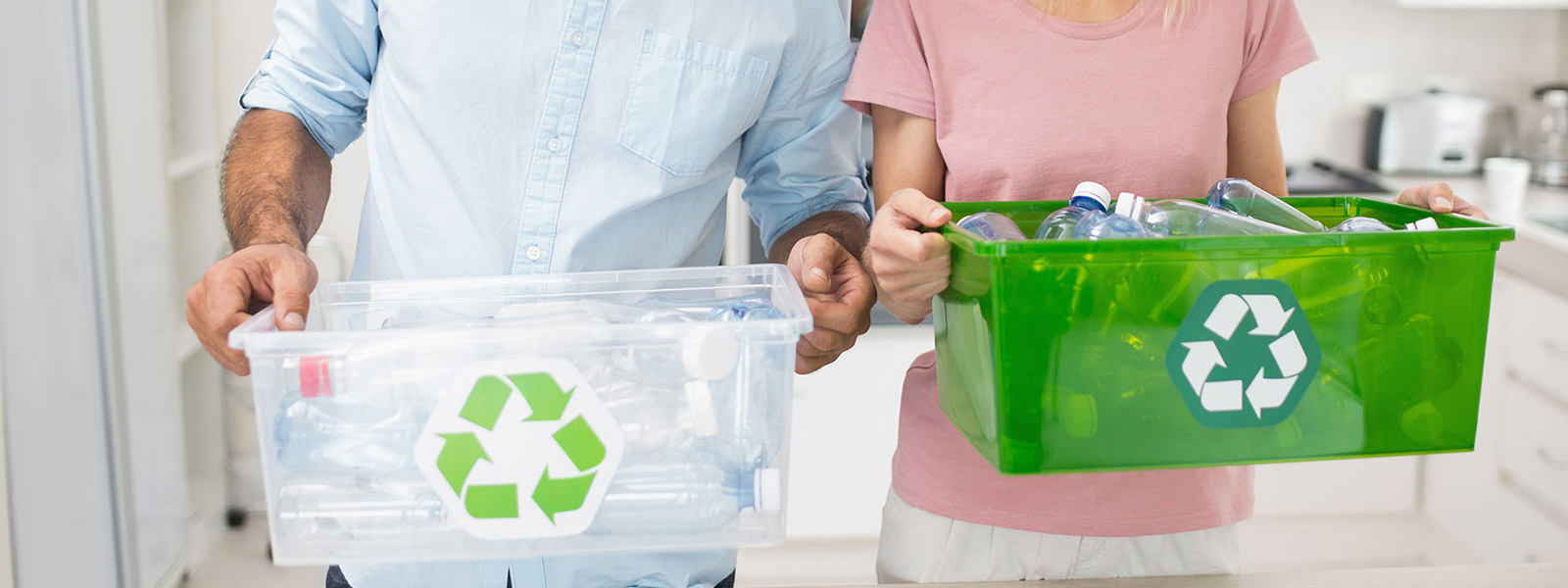


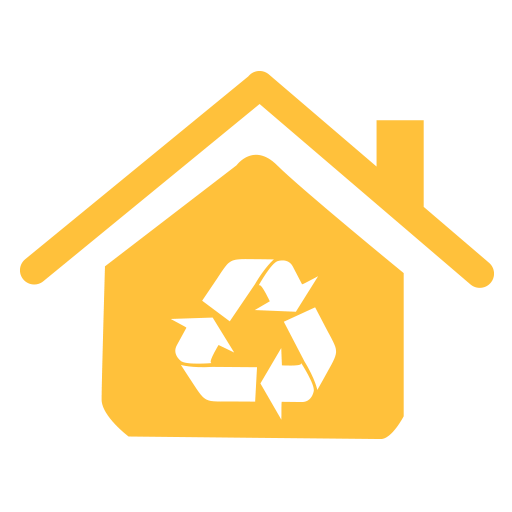 House clearance
House clearance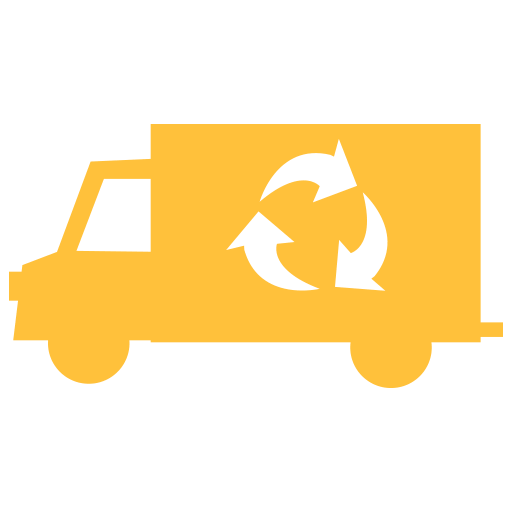 Waste Removal
Waste Removal Here at Rubbish Collection we offer an efficient and affordable house clearance at the best price. We can perform full domestic clearance in London, removing...
Here at Rubbish Collection we offer an efficient and affordable house clearance at the best price. We can perform full domestic clearance in London, removing...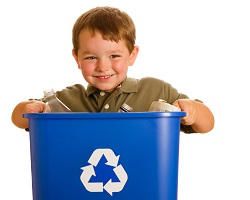 Waste can accumulate quickly and before you know it, it’s everywhere and taking up lots of space. If you would like it professionally removed, hire Rubbish Collection for the...
Waste can accumulate quickly and before you know it, it’s everywhere and taking up lots of space. If you would like it professionally removed, hire Rubbish Collection for the...